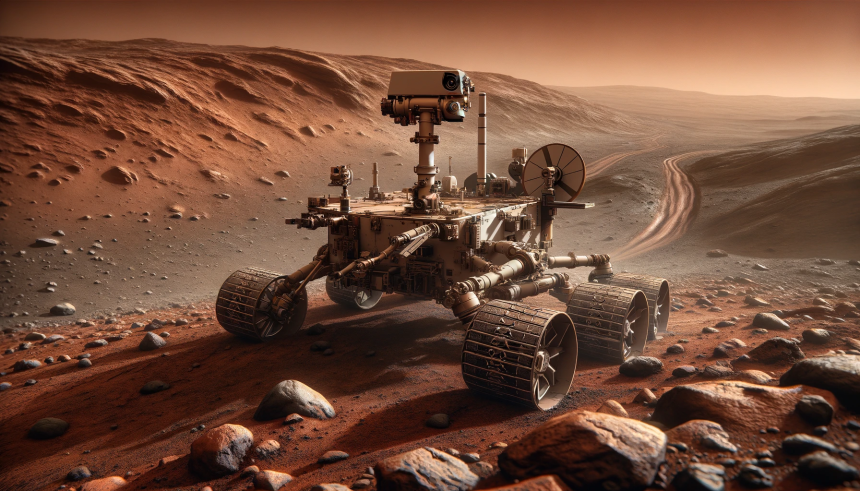The Crab Nebula, a remnant of a supernova explosion observed by Earth in 1054 CE, continues to captivate scientists with its intricate and dynamic structures. Utilizing the advanced capabilities of NASA’s James Webb Space Telescope, researchers have gathered new data that challenge previous interpretations of this celestial phenomenon’s origin. This study sheds light on the nebula’s composition and explosion mechanisms, indicating that the earlier theory of an electron-capture supernova may not be the sole explanation.
The James Webb Space Telescope (JWST), launched on December 25, 2021, from French Guiana, is designed to be the premier observatory of the next decade. It provides unprecedented infrared resolution and sensitivity, significantly surpassing its predecessor, the Hubble Space Telescope. JWST allows astronomers to observe distant galaxies, stars, and planetary systems, enhancing our understanding of the universe’s formation and evolution.
Past research on the Crab Nebula has characterized its explosion as a low-energy event, distinct from typical supernovae. Researchers calculated the total kinetic energy based on the current ejecta’s quantity and velocities, concluding the progenitor star had a mass between eight to ten solar masses. This mass range suggested a borderline case between stars that explode violently and those that do not. However, discrepancies in the theory arose from the observed rapid movement of the nebula’s central pulsar.
New Insights from Webb’s Measurements
To address these inconsistencies, the team led by Tea Temim from Princeton University utilized Webb’s spectroscopic capabilities to examine two regions within the Crab Nebula’s filaments. Previous studies from the late 1980s and early 1990s measured the nickel to iron (Ni/Fe) abundance ratio, hinting at an electron-capture supernova. However, these estimates had significant uncertainties. Webb’s advanced infrared instruments, MIRI and NIRCam, provided more accurate measurements, revealing a Ni/Fe ratio that is elevated yet lower than earlier approximations.
Webb’s Spectroscopic Analysis
Webb’s enhanced spectroscopic data suggest the Ni/Fe ratio aligns with both electron-capture and weak iron core-collapse supernova scenarios. This finding broadens the potential explanations for the Crab Nebula’s formation. The new data emphasize the need for further observational and theoretical work to differentiate between these two types of supernovae. The research highlights the importance of detailed spectral analysis across various regions of the nebula to identify spatial variations and emission lines from other elements like cobalt or germanium.
The Crab Nebula’s current state mapping involved isolating and analyzing the dust emission within the remnant. By comparing warm dust mapped by Webb with cooler dust data from the Herschel Space Observatory, the researchers created a comprehensive distribution map. The findings revealed that unlike other supernova remnants, the Crab’s dust is located in the dense outer shell filaments rather than the center, presenting a unique case for study.
These observations contribute to our broader understanding of supernova remnants and their evolution. The ongoing analysis of the Crab Nebula using Webb’s capabilities continues to refine our knowledge about the nature of its progenitor star and explosion. The study underscores the complexity of supernova events and the need for advanced technologies to uncover the intricacies of these cosmic phenomena.
Overall, NASA’s James Webb Space Telescope is proving instrumental in revising and expanding our understanding of celestial objects like the Crab Nebula. The new insights from Webb’s data suggest that the nebula’s origin might encompass multiple plausible scenarios, prompting further investigation into the nature of supernova explosions. As more regions of the Crab Nebula are studied in detail, astronomers hope to unravel the mysteries surrounding its formation and evolution.










